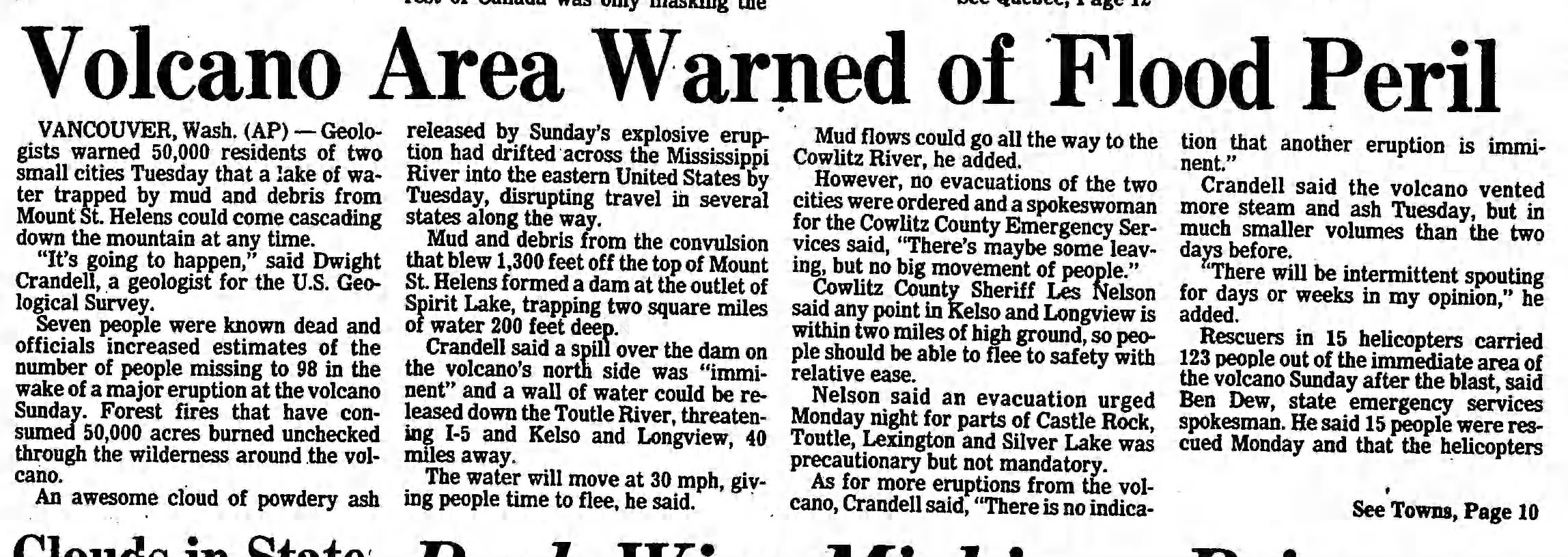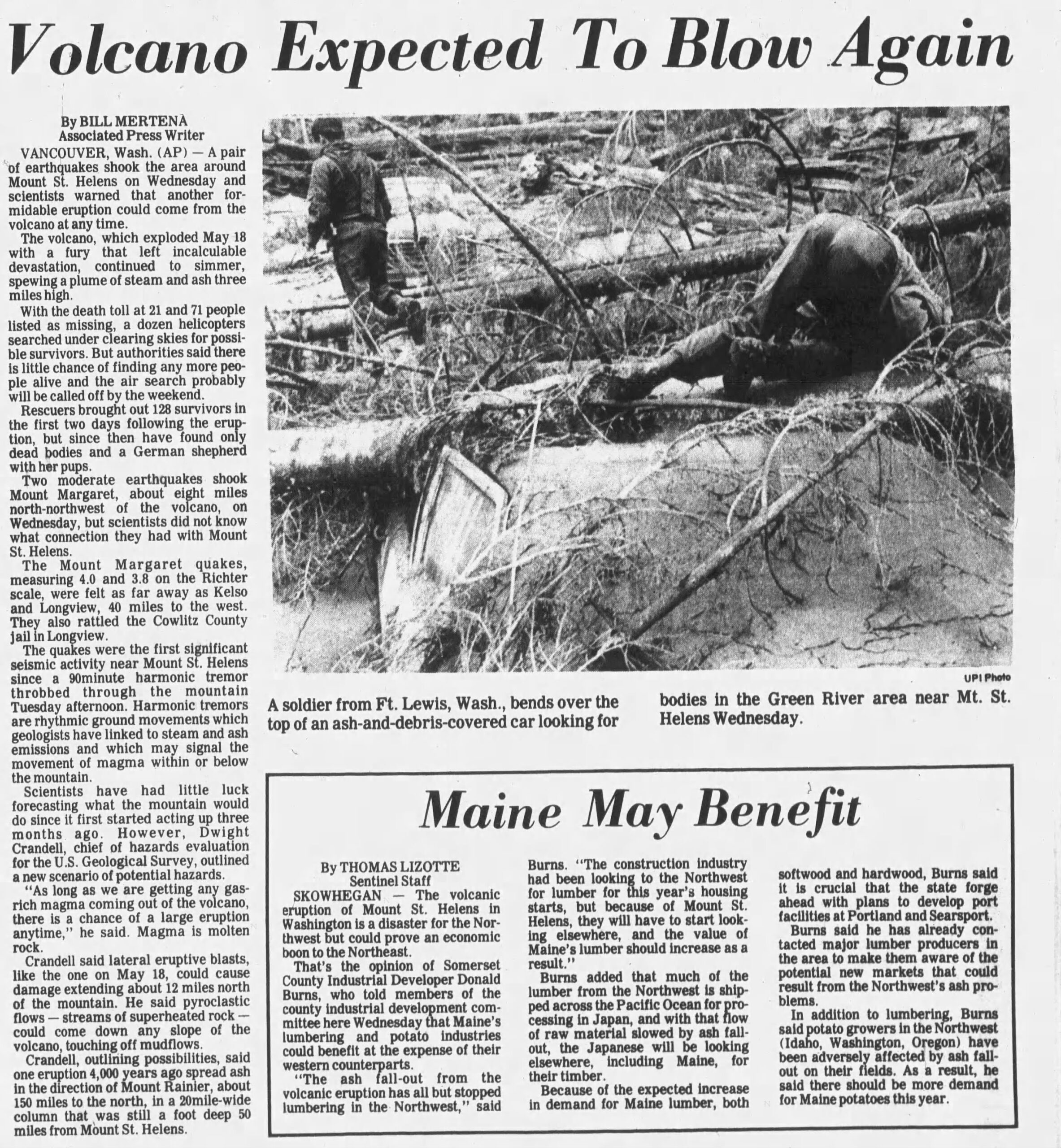1st Lt. Dwight Crandell 0-547671

1st Lieutenant Dwight “Rocky” Raymond Crandell O-547671 US Army. He was born January 25, 1923, in Galesburg, Illinois, the son of Burnet William Crandell and Jennie May Reynolds Crandell. He earned his “Rocky” nickname while studying geology in college. He received a bachelor’s from Knox College in Galesburg and a doctorate from Yale University. In between, he served in the Army during World War two.
At Knox College he was in the ROTC program and the ASTP program. He marred Marian Anderson on December 4, 1943. Shortly after the wedding he went to OCS and would become a Commissioned Officer. On September 10, 1944 he transferred from the 84th Infantry Division to D Company, 253rd Infantry Regiment, 63rd Infantry Division at Camp Van Dorn. He would serve in this unit until July 26, 1945 when he would be transferred to the 100th Infantry Division. But he would see all of his combat with D Company, fighting in France and Germany as a lieutenant and platoon leader of 3rd platoon a mortar platoon.
Lt. Crandell described the movement from Sarreguemines to Frauenberg from around 16 January 1945: “After occupying Sarreguemines and Neunkirch for a short period, our battalion was ordered to replace another unit on our right flank. I found that the mortar platoon we were to replace was in the village of Folpersviller, about a mile east of Neunkirch. This platoon had no forward observers and depended upon the rifle companies to send back fire orders. I didn’t like this arrangement, so on the same night I accompanied an officer of a rifle company to Frauenberg, a village on the Blies River northeast of Folpersviller. This was the front line; German troops (17th SS Panzer Grenadiers) were in Habkirchen, a village directly across the Blies River. We had to walk from Folpersviller because any noise at night in this area would bring down German artillery or mortar fire. It was a miserable trip because the road was covered by ice and snow, and the one mile hike seemed endless. As we entered Frauenberg, we were advised to be especially quiet, because even loud talk would often bring mortar fire. A dozen dead German soldiers lay where they had been shot in the village streets (and adjacent orchards) because the ground was too deeply frozen to dig graves, and vehicles could not get into the village to remove the bodies. “After making a reconnaissance of Frauenberg to pick out observation posts for the mortar platoon, I started back to the rifle company command post. Just as I reached the door I heard someone cry out as he slipped on the icy street. Almost immediately I heard the familiar hollow chunking sound of mortar shells being fired. I ducked inside the building and joined everyone on the floor. Several shells landed in the village, two of which made direct hits on the building we were in. Each window of the room was sandbagged almost to the top, but shell splinters came in through the narrow gap above the sandbags when the shells exploded in the street outside. Fortunately, the house had masonry walls. “The shelling finally stopped and we all stood up to find ourselves covered with plaster dust from the ceiling and walls. No one had been wounded, and the riflemen seemed to take it as a matter of course.”
He earned his 1st Bronze Star Medal on March 19th or 20th, 1945 in the vicinity of Ensheim Germany, the 1st round of an enemy artillery barrage mortally wounded Sergeant Robert F Wegman he was the jeep driver for Lt. Crandell and 3rd platoon. Lt. Crandell with no regard for his personal safety went out into the enemy fire and carried Sergeant Wegman to cover for first aid and evacuation.
He earned his 2nd Bronze Star Medal for his action during the 63rd divisions heaviest fighting of the war from April 2 – 9, 1945. Due to his consistent ability to plan ahead enabled his mortar platoon to support the attack on every occasion. The timely displacement of the platoon and accuracy of its fire caused the enemy heavy casualties and aided the rifle companies to advance to their objectives. He was awarded the Combat Infantry Badge, the Bronze Star Medal with V and 2 Oak Leaf cluster, The American Theater of operations Medal, the European Theater of Operations Medal ETO with 2 battle stars, the World War Two Victory Medal, and the Army of Occupation Medal.


After the war he would become a famous volcanologist Dwight R. “Rocky” Crandell, He began working for the USGS in 1951 and for most of his career was based near Denver. He did most of his fieldwork on Pacific Northwest ash falls, mudflows and lava extrusions in the summer, then spent winters analyzing the rock and soil samples gathered earlier. He was a U.S. Geological Survey volcanologist whose persistent tracking of deep layers of mud led to a pioneering reassessment of volcano hazards in the Pacific Northwest. In 1978, Crandell and his longtime scientific partner, Donal R. Mullineaux, warned in a report that the Mt. St. Helens volcano 150 miles southeast of Seattle could erupt within 20 years. It did, in a furious blast in May 1980, resulting in 57 deaths.
Crandell and Mullineaux’s studies began in the early 1950s, while assigned to map the Puget Sound lowlands southeast of Seattle, where the men overturned what was then the conventional wisdom that the area’s landscape had been shaped mainly by glaciers.
Filling notebooks with observations of deep layers of mud beneath the surface in Washington state, then tracing the mud for years, they eventually found it had come from high on the slopes of 14,411-foot Mt. Rainier, the tallest volcano in the 48 contiguous states, previously thought to pose little danger.
They proved that about 5,600 years earlier, the summit of Mt. Rainier had collapsed in an eruption that caused a landslide massive enough to reach Puget Sound near Tacoma, filling some valleys up to 400 feet deep. That awakened the recognition that a similar event could endanger hundreds of thousands of people living atop the ancient mudflows.
The approach used by Crandell and Mullineaux formed the basis of today’s volcano hazard assessment methodology and led to discoveries of the violent past and danger posed by Mt. St. Helens. Since the volcano’s 1980 eruption, mudflow warning systems have been installed nearby and evacuation drills are held. Crandell also author of numerous books and research papers in his field.
Lieutenant Dwight “Rocky” Raymond Crandell died on April 6, 2009 at a hospice in Wheat Ridge, Colo., from a heart attack at the age of 86 and on the 64th Anniversty of when he earned his 2nd Bronze Star Medal.

63rd Division records
Galesburg High School 1940 Yearbook
Knox College 1945 Yearbook
The 63rd Infantry division Chronicles page 52 and 53
the U.S., Social Security Death Index, 1935-2014
The Dispatch Mon, Nov 29, 1943 ·Page 8 Moline, Illinois
Hartford Courant Wed, May 21, 1980 ·Page 75
Morning Sentinel Thu, May 29, 1980 ·Page 1 Waterville, Maine
Kentucky New Era Sat, Apr 11, 2009 ·Page 2 Hopkinsville, Kentucky
Ledger-Enquirer Sun, Apr 12, 2009 Columbus, Georgia
The Denver Post Apr 12, 2009
LA Times Apr 12, 2009
the U.S., Social Security Death Index, 1935-2014


